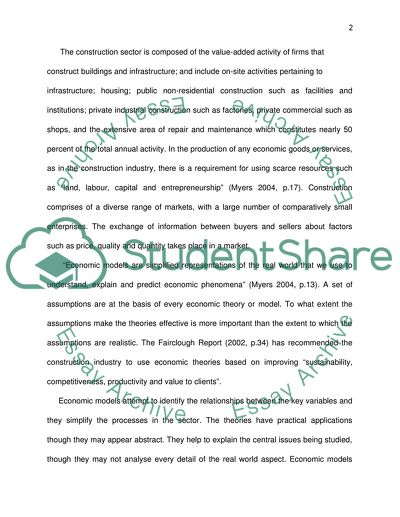Cite this document
(Theories and Models of Economics in the Construction Industry Term Paper, n.d.)
Theories and Models of Economics in the Construction Industry Term Paper. Retrieved from https://studentshare.org/macro-microeconomics/1733516-construction-economics
Theories and Models of Economics in the Construction Industry Term Paper. Retrieved from https://studentshare.org/macro-microeconomics/1733516-construction-economics
(Theories and Models of Economics in the Construction Industry Term Paper)
Theories and Models of Economics in the Construction Industry Term Paper. https://studentshare.org/macro-microeconomics/1733516-construction-economics.
Theories and Models of Economics in the Construction Industry Term Paper. https://studentshare.org/macro-microeconomics/1733516-construction-economics.
“Theories and Models of Economics in the Construction Industry Term Paper”, n.d. https://studentshare.org/macro-microeconomics/1733516-construction-economics.


